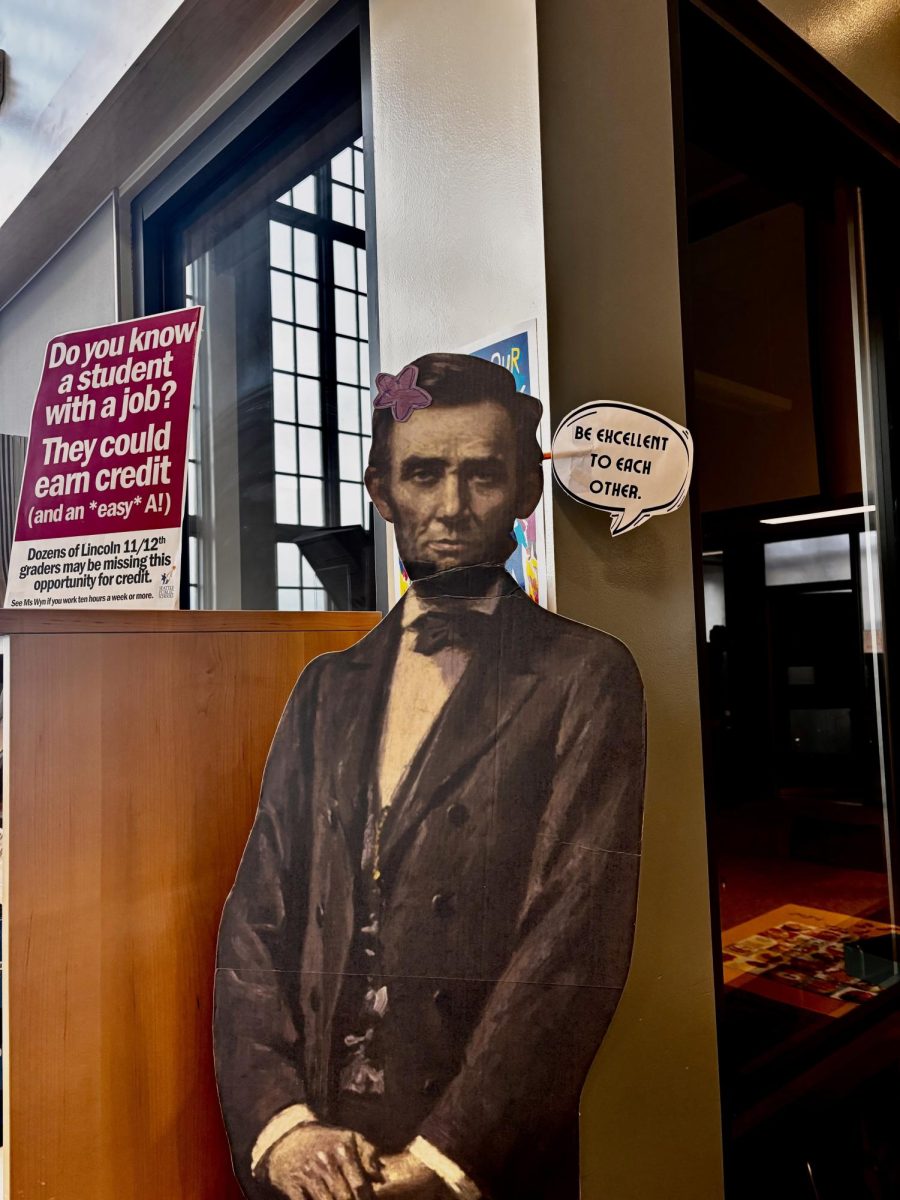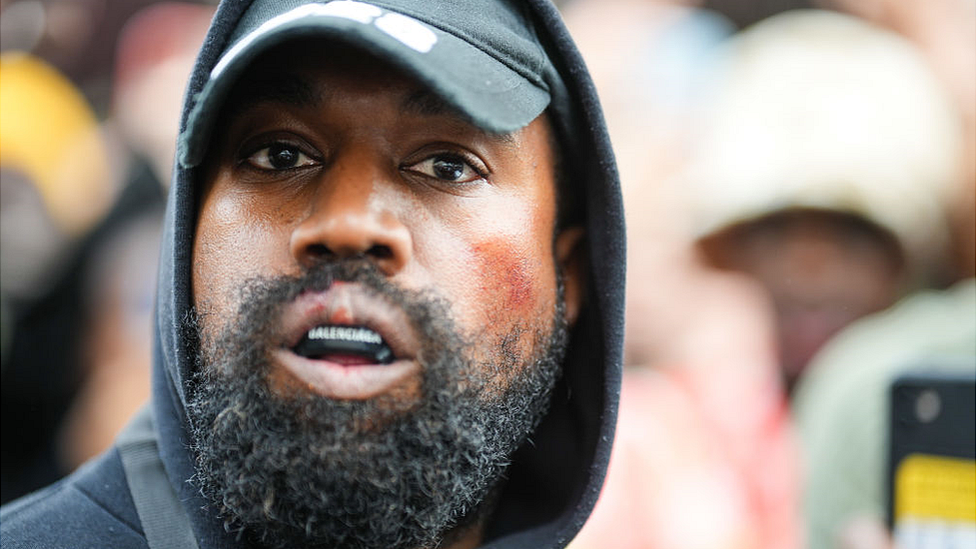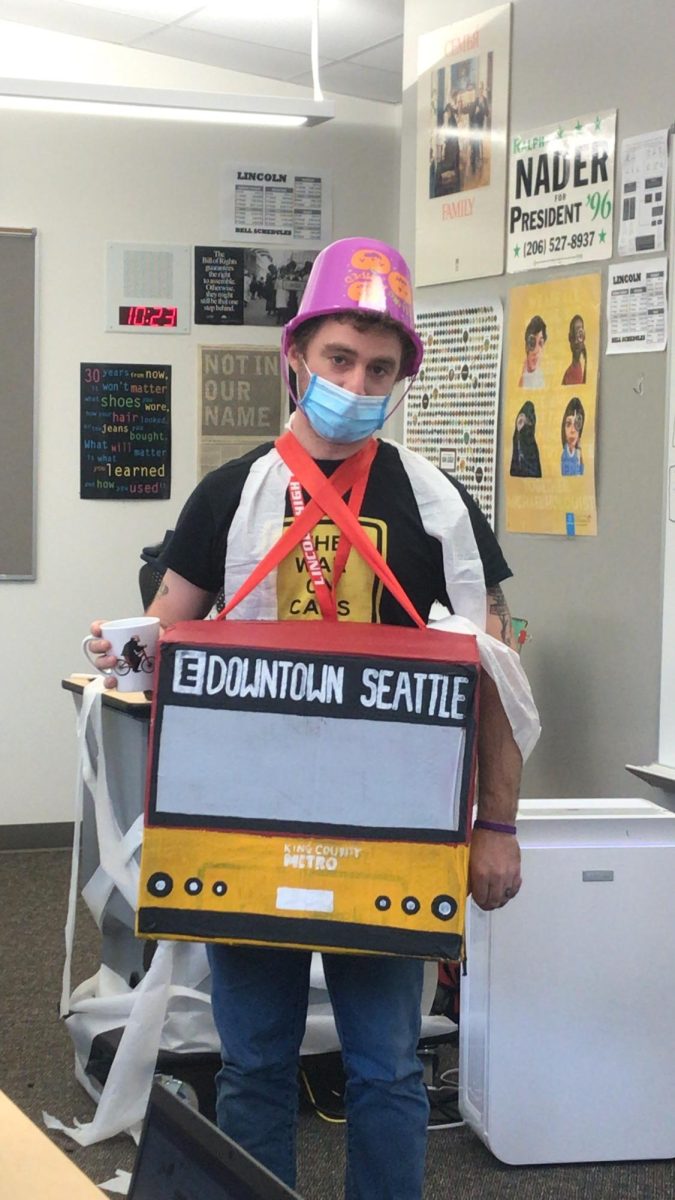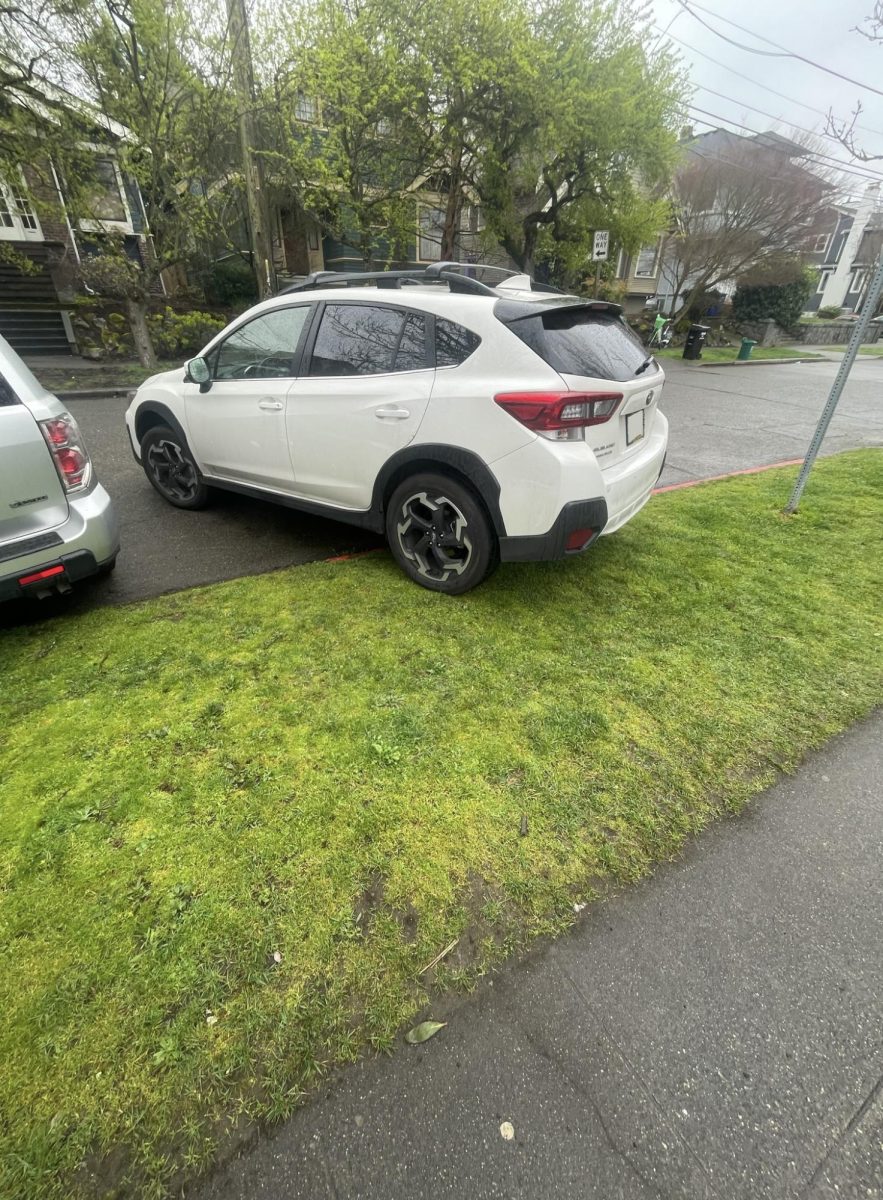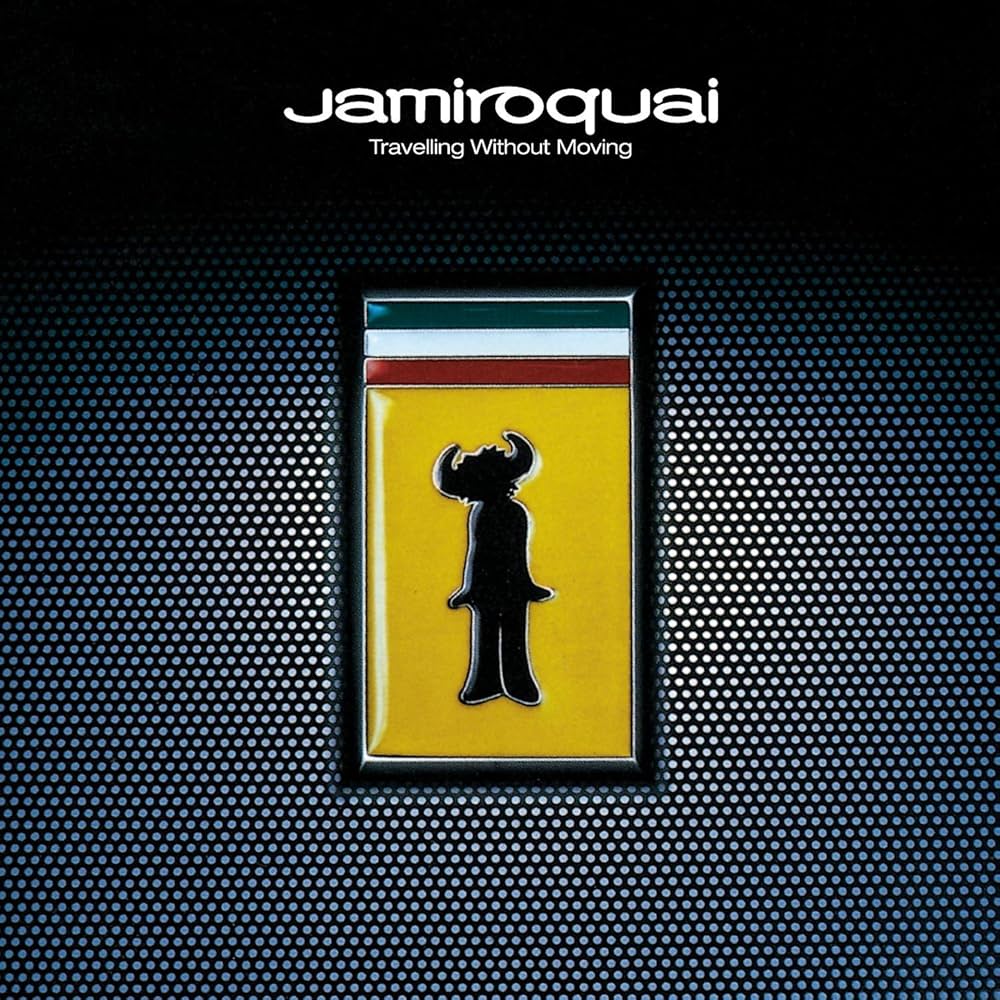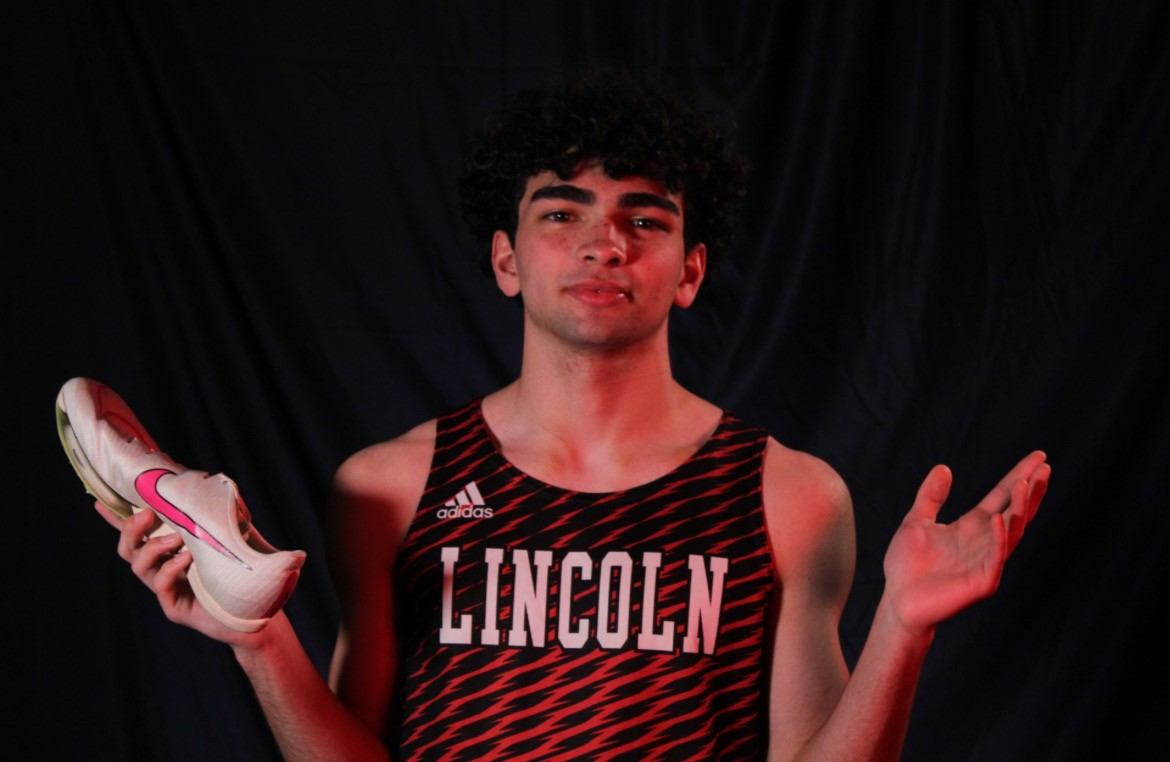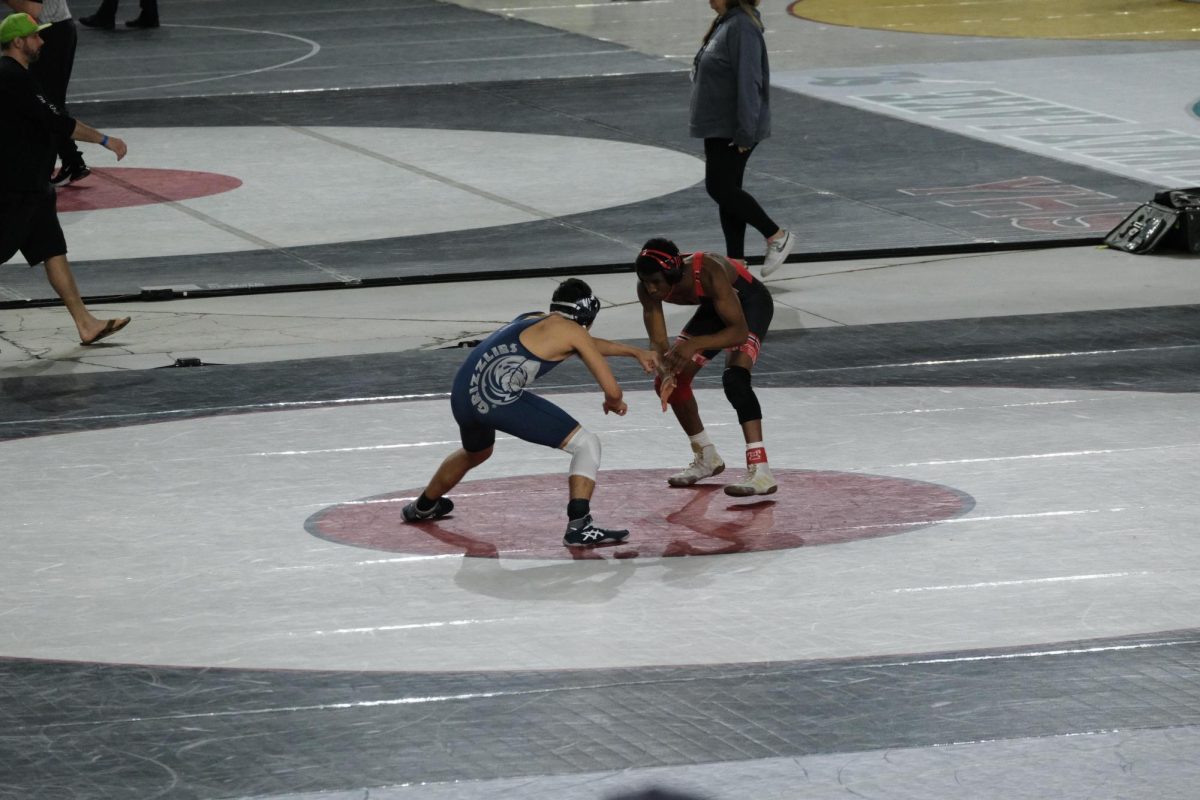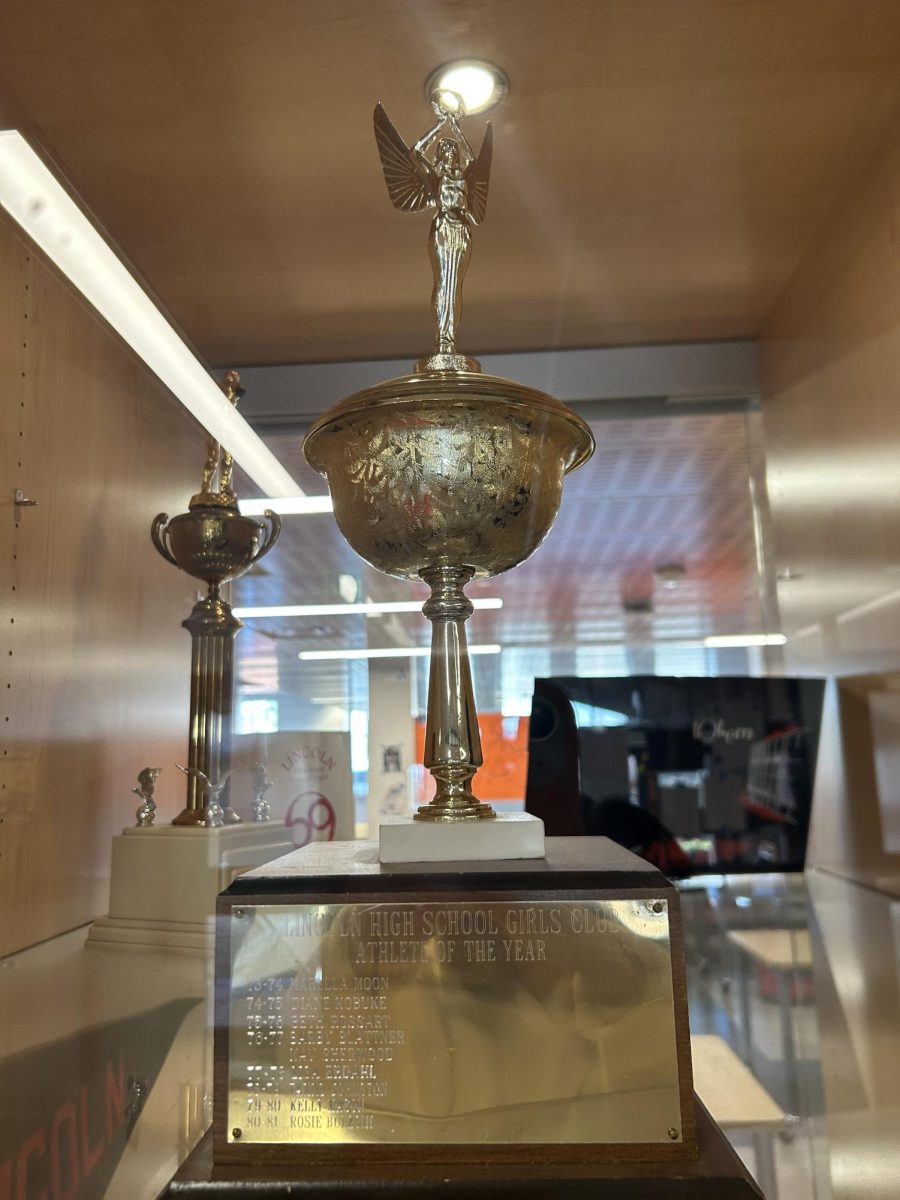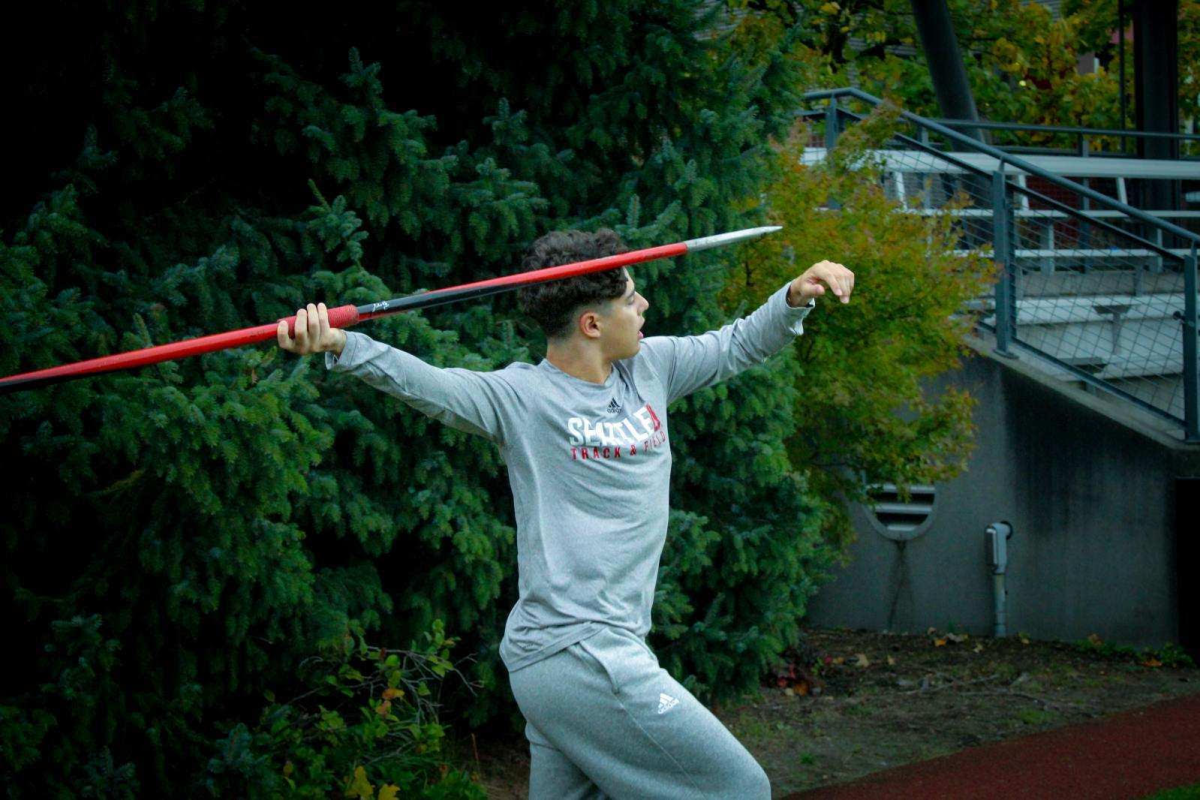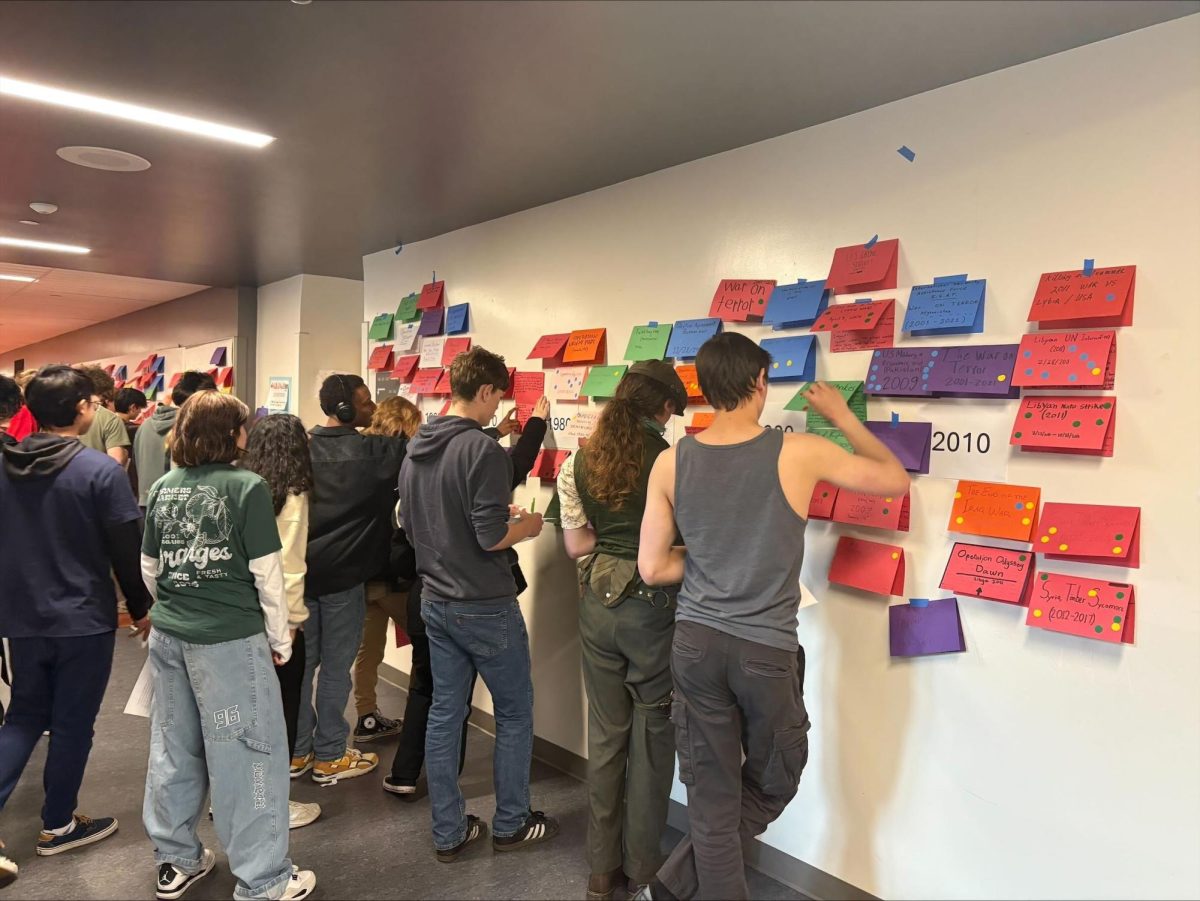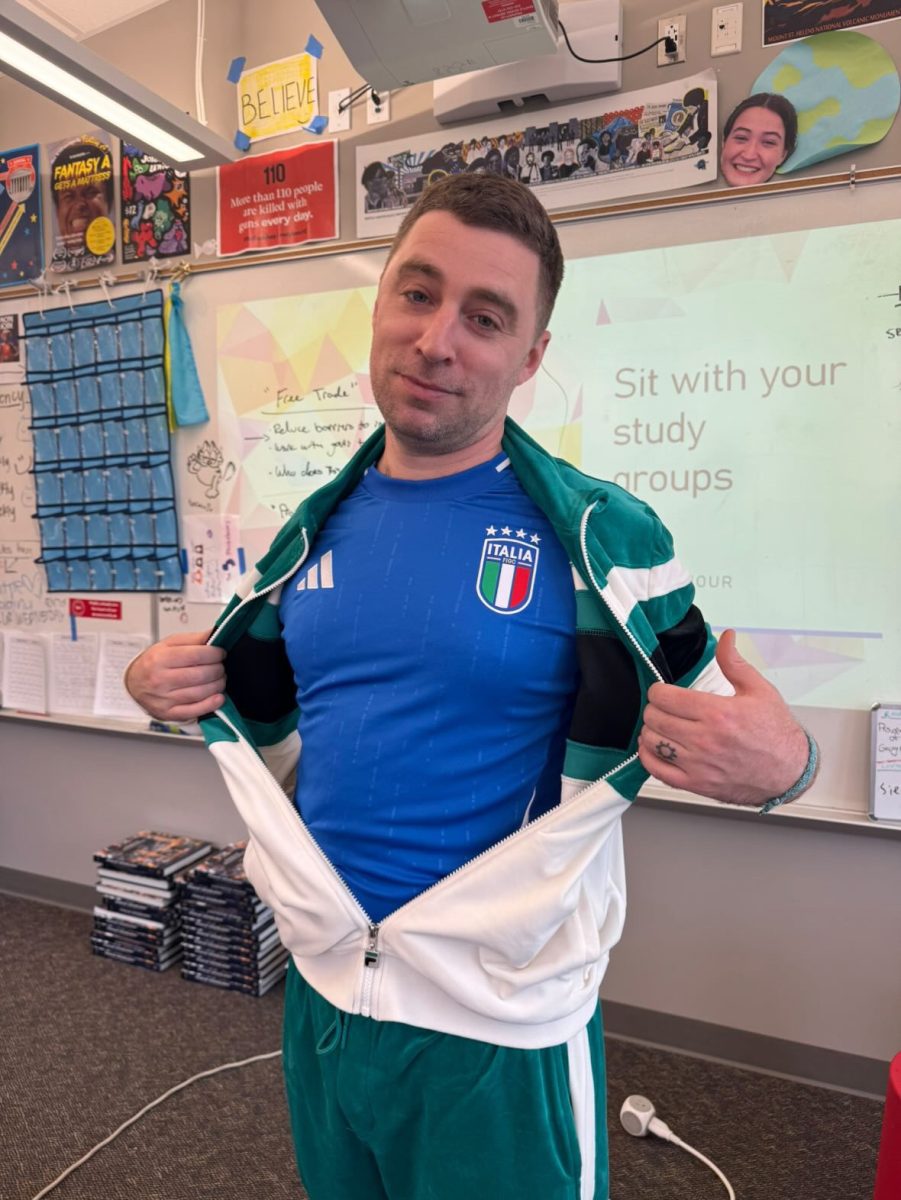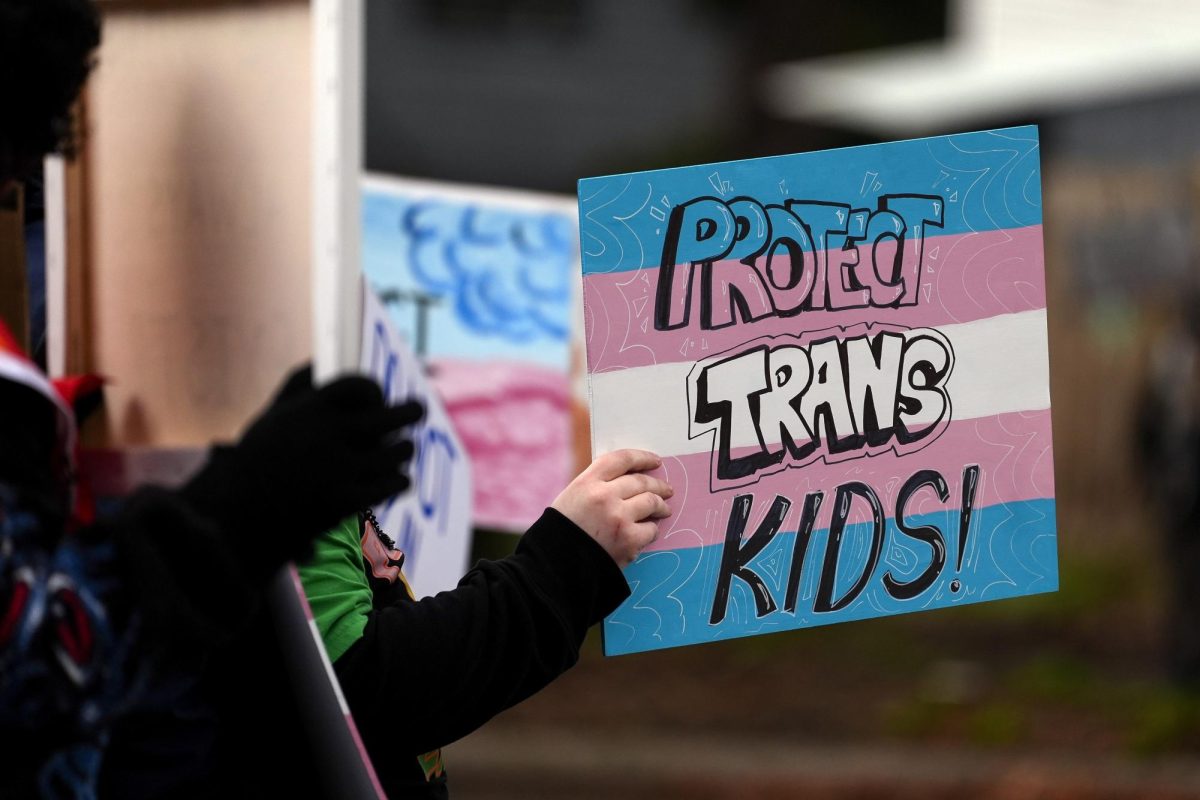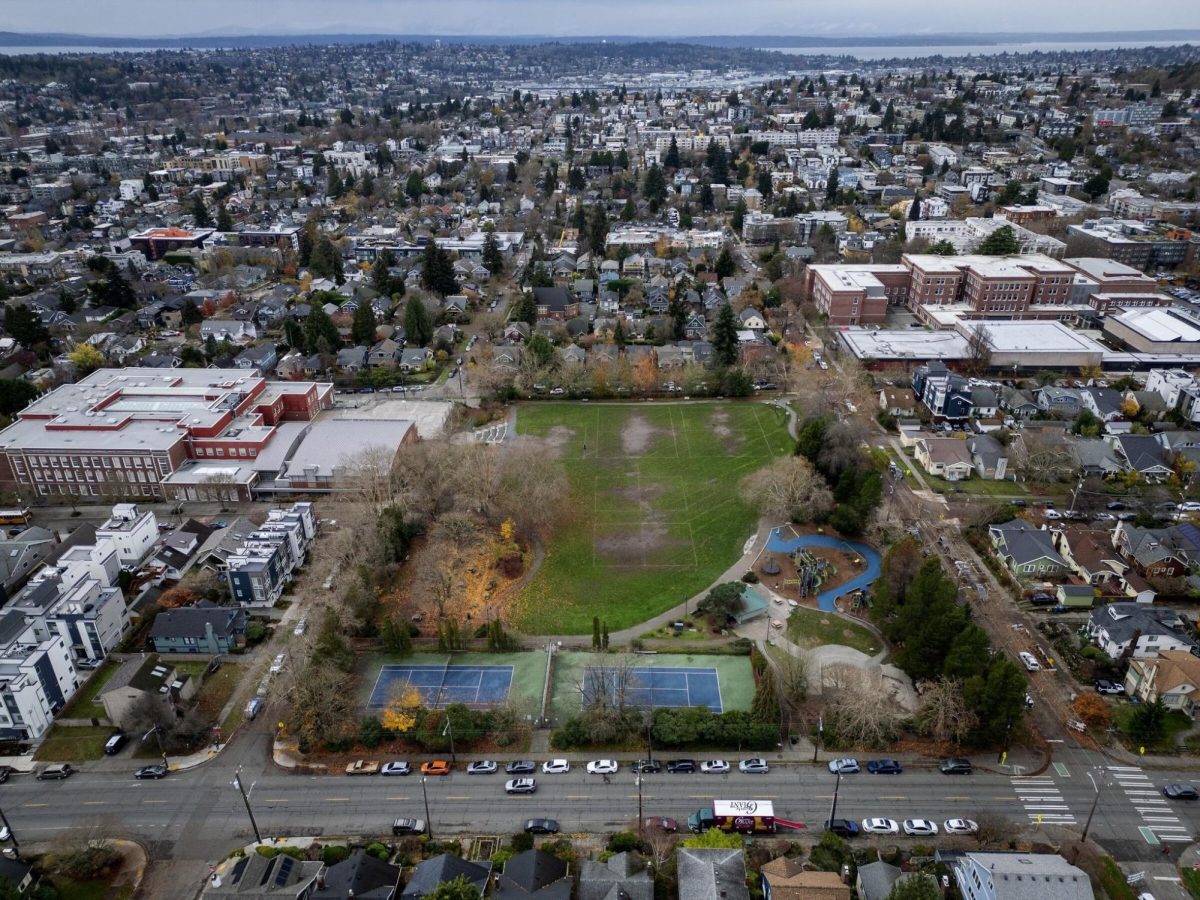Despite having a roster well over 1,700 and being open for over half a decade, Lincoln still finds itself without a proper athletics field. As of December 2024, Lincoln is the only major Seattle Public Schools high school (out of 11) without one.
Within the past few months, an earlier construction plan emerged which would have called for the demolition of nearly the entirety of Wallingford Park to create a full-size synthetic turf field. Faced with enormous community opposition and legal troubles, Seattle Public Schools reduced the scale of this plan, opting instead to rebuild Wallingford Park’s field into a half-size synthetic turf field.
First opened in 1924 amidst a squeeze in green space, Wallingford park has served as something of a Wallingford community center throughout the past century. With that in mind, one can imagine the neighborhood response when plans emerged to convert Wallingford Park into a full-sized artificially turfed football/soccer field.
Crowds of concerned neighbors and hopeful parents/students packed into the Hamilton lunchroom in mid-November to voice their support or opposition to both the school district and the city. Each speaker, whether it be pro or against the park, was met with quite sizeable applause from their respective faction.
In a conversation with Lincoln Sports Coordinator Olivia Kane (‘26), more came to light. Kane described a passionate community advocating for the field here at Lincoln, while also acknowledging a vocal minority opposing the initiative.
By this point, the community outcry had gotten so intense that the district had shrunk the plan down to take up only half of the field. Despite the large turnout of people in favor of the project, they were still in a minority compared with those against the field conversion.
The discontent directed by those audience members against the project at each speaker in favor of the project was palpable. People against the project were handed green bandanas upon entry, by the Wallingford Park Alliance volunteers to show solidarity.
The alliance (a newly formed group) describes itself as “hundreds of concerned neighbors” seeking to preserve the park in its current form. Their ranks filled with angry retirees, the alliance presents formidable opposition to anyone seeking to alter their beloved park.
Voices against the project originally cited the near total destruction of Wallingford park as their main reason against. Since then, the plans have changed leaving those against with less to argue against.
Wallingford Park is home to a plethora of old growth trees, most clustered in an area which the original plan would have demolished completely. This fact has led many against the project to argue that the proposed field would be environmentally destructive, and frequently bring up their desire to preserve green space in the neighborhood.
Despite this, both plans would save the playground, tennis courts, and a large amount of the park. In the end, the field and it’s immediate surroundings proved to be a dealbreaker for many in the community.
No plan is fully concrete yet and there are surely more hurdles for this project to cross. As it stands, the current construction plan would convert only half the field to sports-grade turf, leaving the rest of the park alone.
Categories:
The Future of Wallingford Playfield
Seamus Richard, Staff Writer
January 24, 2025
0
More to Discover
About the Contributor
Seamus Richard, Staff Writer
Seamus is in his second semester of senior year but is ready to start his future and hopes to go into urban planning. This is his third semester of writing for the Lincoln log. Seamus is a staff writer, writing mostly for Arts and Culture. He is an avid music enjoyer and writes mostly album reviews in the Lincoln Log, and he enjoys writing all things music.

